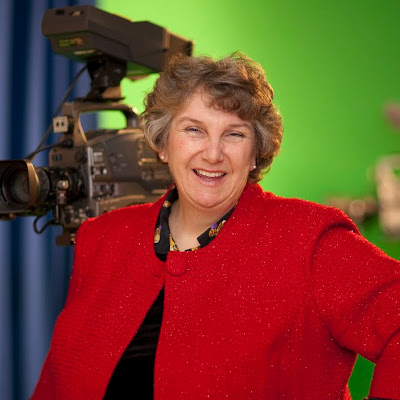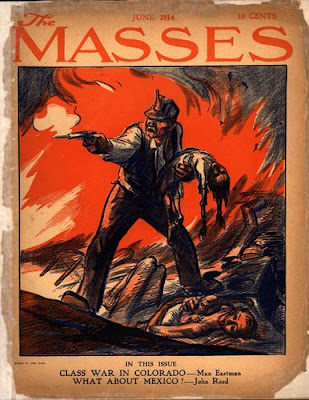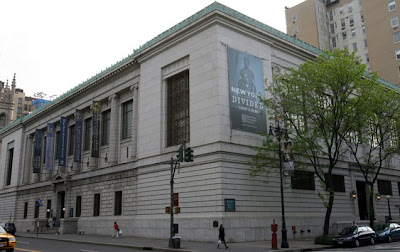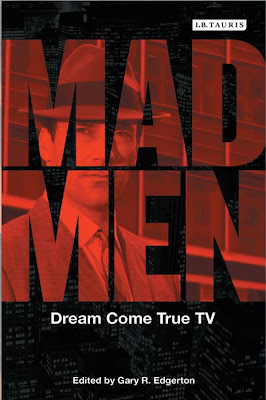 Many of us have received e-mail scams from fake sources (bogus relatives, supposed political prisoners) promising great financial reward if we agree to help them recover a secreted fortune. I’ve received them from Ghana and Germany, and even one from the country of West Africa. Never heard of it? I can assure you it’s real—in 2008, world traveler Paris Hilton said “I love Africa in general. South Africa and West Africa, they are both great countries.”
Many of us have received e-mail scams from fake sources (bogus relatives, supposed political prisoners) promising great financial reward if we agree to help them recover a secreted fortune. I’ve received them from Ghana and Germany, and even one from the country of West Africa. Never heard of it? I can assure you it’s real—in 2008, world traveler Paris Hilton said “I love Africa in general. South Africa and West Africa, they are both great countries.”
The senders of these messages range from detained relatives and imprisoned citizens to dethroned kings, urgently seeking help. Most people think it’s “an Internet thing,” but the only thing new about it is the manner of delivery.
That particular scam has been around for more than a century. Known as the Spanish Swindle, it is believed to have originated in Spain’s infamous prisons during the late-nineteenth century. Inmates with far too much time on their hands took advantage of a corrupt system, developing many criminal strategies and exercising them to great effect.
The original Spanish Swindle hasn’t changed much, except that it was often a two-step process. The first was to hook the sucker with a plea for empathy and the promise of great wealth. When a nibble was received, the ante was raised with an urgent plea to help rescue the prisoner’s poor, innocent daughter from the clutches of some tyrant or lecher.
Just as is done with e-mail today, hundreds (and sometimes thousands) of such messages were sent at the same time by mail. In the Adirondacks, a few hotel owners were among those who received the letters, their addresses having been obtained from newspaper advertisements. The plea was appropriately modified— in the hopes of gaining sympathy, the sender claimed to have once been a hotel owner himself.
None of those in the Adirondacks who received the message were fooled by the scam attempt, but elsewhere, pharmacists, doctors, and others were victimized, much to their embarrassment. The Spanish Swindle became so successful that, in 1912, the US Official Postal Guide began including a complete description of the process in order to alert employees.
That’s not to say North Country folks are immune to trickery. All types of swindles have been attempted in the region, many of them successfully. A number of scams from long ago focused on obtaining a person’s signature. A sort of caveat emptor (let the buyer beware) then took over: if your name was on a document, you were bound by its clauses. Even if a signature was obtained fraudulently, victims often paid to avoid court time and public embarrassment.
In 1888, teams of encyclopedia salesmen made the rounds in Franklin County, targeting schoolteachers. The first salesman gave his best pitch for a great new line of books, innocently asking the teacher to sign his log book to record the visit. A few days later, a second man delivered a full set of books, demanding payment from the surprised teacher, whose signed order was offered as proof of sale. (Sleight of hand and “bait and switch” were routine components of scams. Papers were subtly arranged to obtain signatures on documents hidden beneath.)
Sleight of hand was sometimes replaced by the latest technology. In 1889, swindlers focused on the devoutly religious, of which the North Country had many. An attractive female pleaded for donations of ten cents to aid overseas missionary work. Donors, asked to sign a sheet, were all too happy to have their names displayed on the list of generous givers.
But vanity came with a price. Beneath the sheet was “an ingenious copying paper which transcribed the name onto a promissory note.” In those days, a promissory note was as good as a check or a banknote. The notes were quickly cashed and the scammers moved on.
Photo: 1951 North Country headline noting the return of the Spanish Swindle.
Lawrence Gooley has authored ten books and dozens of articles on the North Country’s past. He and his partner, Jill McKee, founded Bloated Toe Enterprises in 2004. Expanding their services in 2008, they have produced 19 titles to date, and are now offering web design. For information on book publishing, visit Bloated Toe Publishing.









